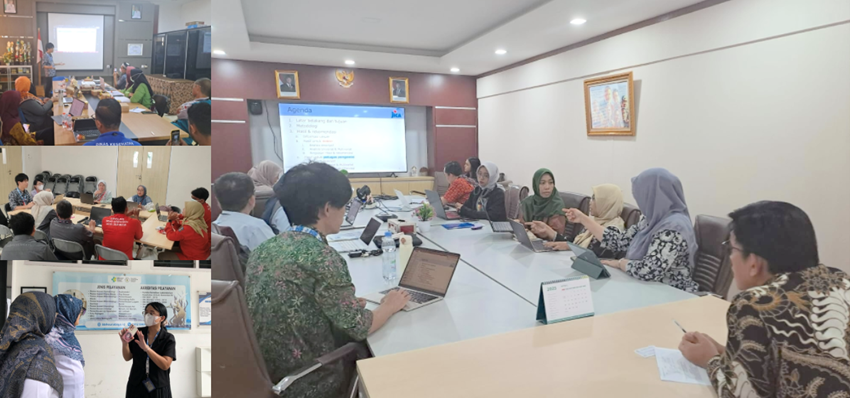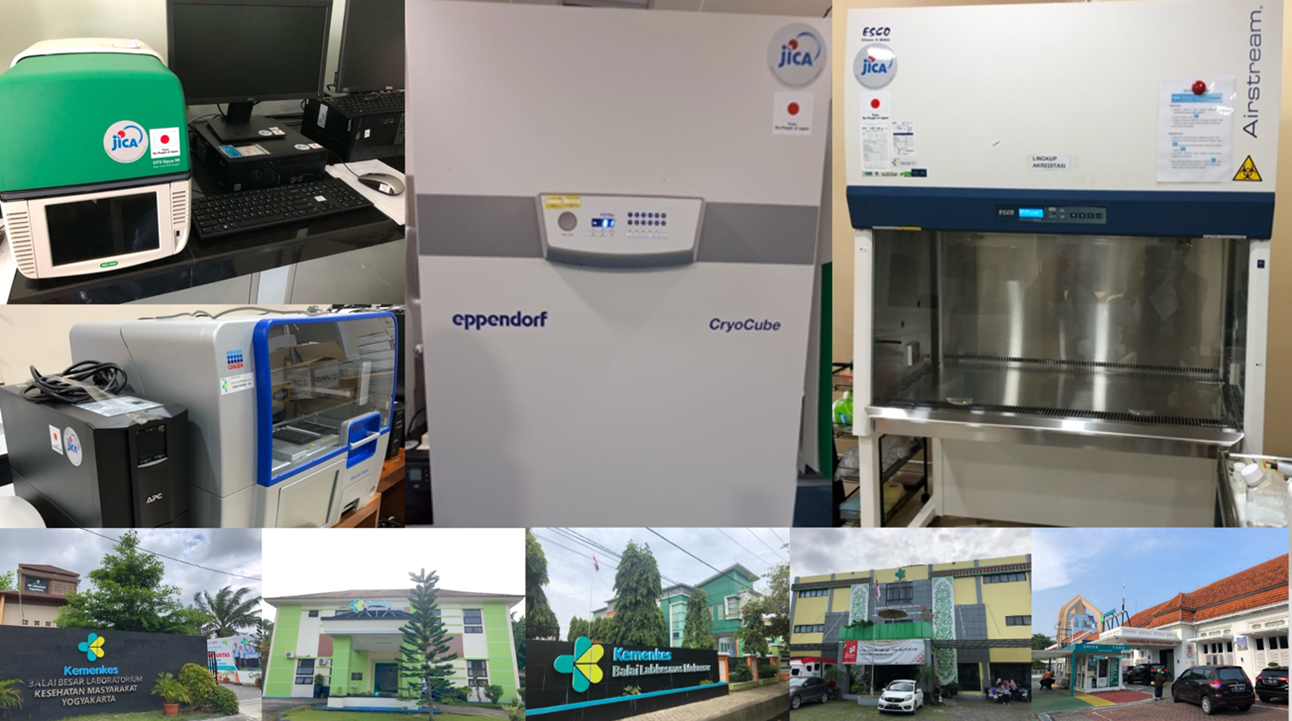Implementation of the Endline Survey for the JICA EWARS Project
2025.07.23
The endline survey of the project, planned since October 2024, was finally conducted from January to June 2025, with the results shared with relevant stakeholders.
This endline survey evaluated several project activities, among which is the development of EWARS flipchart, which provides concise and clear guidance for field clinicians and surveillance officers on reporting to the Early Warning Alert and Response System (EWARS) and subsequent responses. It also evaluated updates of ICD-10 codes used for reporting the number of cases with EWARS target diseases, provision of laboratory equipment under the COVID-19 pandemic, and finally the implementation of the EWARS training, with a focus on multiple aspects, such as the effectiveness, sustainability, and challenges.
During the survey, EWARS Project collected information through questionnaires, visits, and discussions with regional public health laboratories in Special Region of Yogyakarta, Ambon (Maluku Province), Makassar (South Sulawesi Province), Surabaya (East Java Province), and Banjarbaru (South Kalimantan Province). In Surabaya and Banjarbaru, the Project also paid a visit and held discussions with provincial and city/district health offices and primary health centers to gain insights for the future expansion of the project outputs beyond the pilot provinces.
This survey confirmed several results. EWARS flipcharts and trainings are incredibly beneficial, the use of ICD-10 codes in EWARS has become more widespread, and most of the laboratory equipment provided by the project is still in use, among other findings. The final results were shared to all relevant stakeholders.
Sustainable use of the project outputs across Indonesia is expected even after the project is completed.

The visits and discussions at the primary health centers and a regional public health laboratory (left), and a meeting with the Ministry of Health to share and discuss the final results of the endline survey.

Laboratory equipment provided by the project, which is currently in use at regional public health laboratories across the country.
scroll